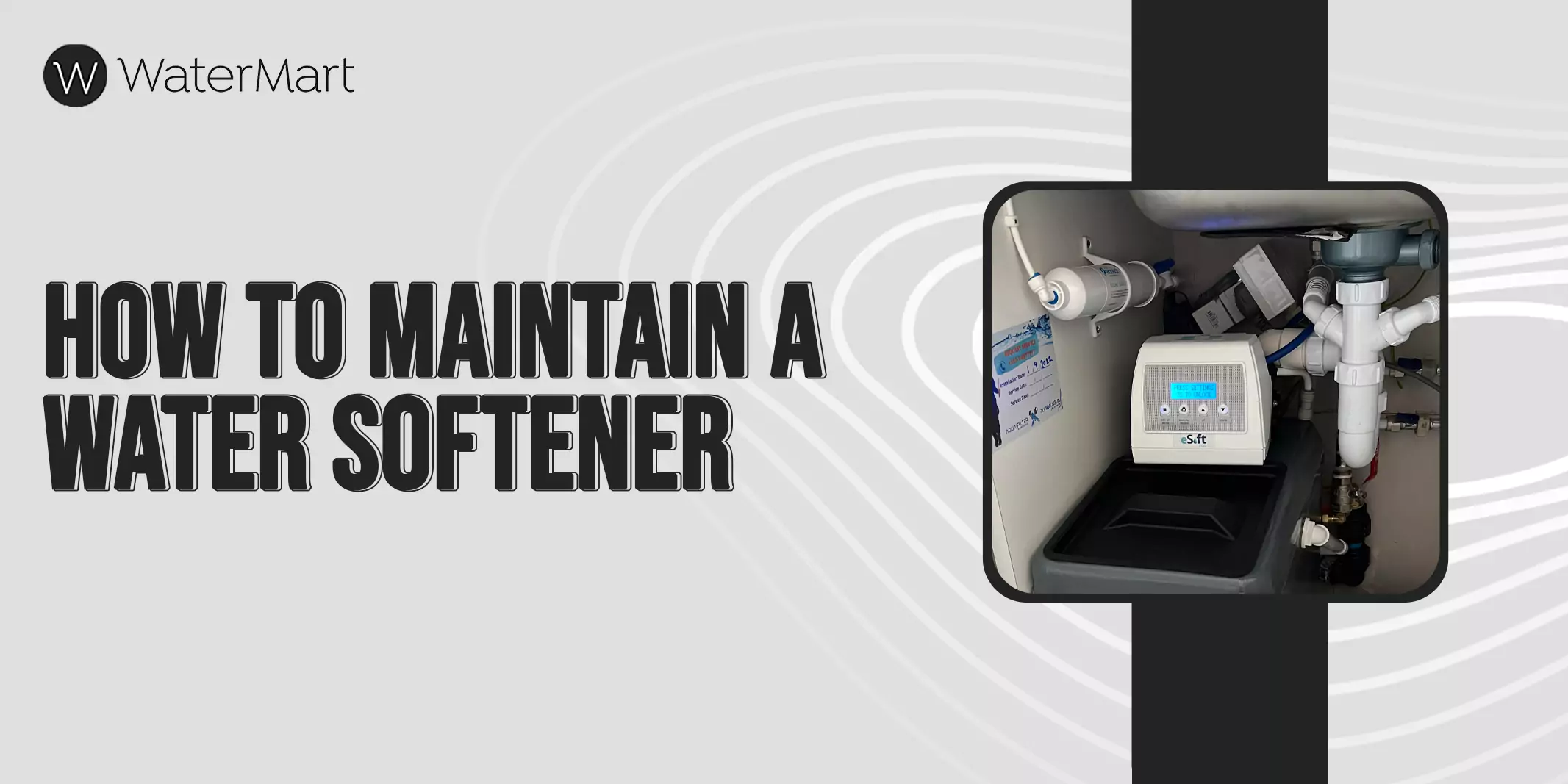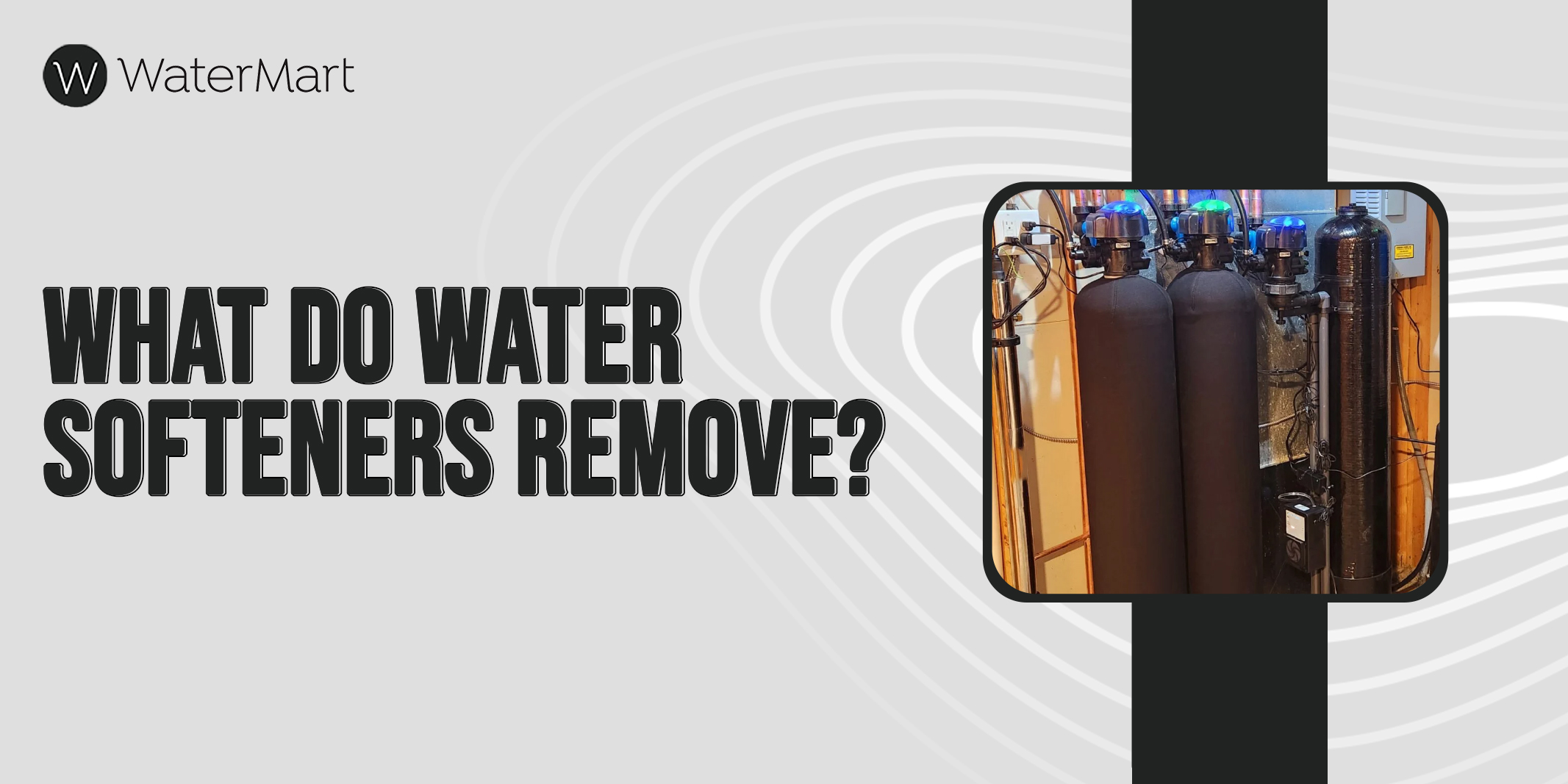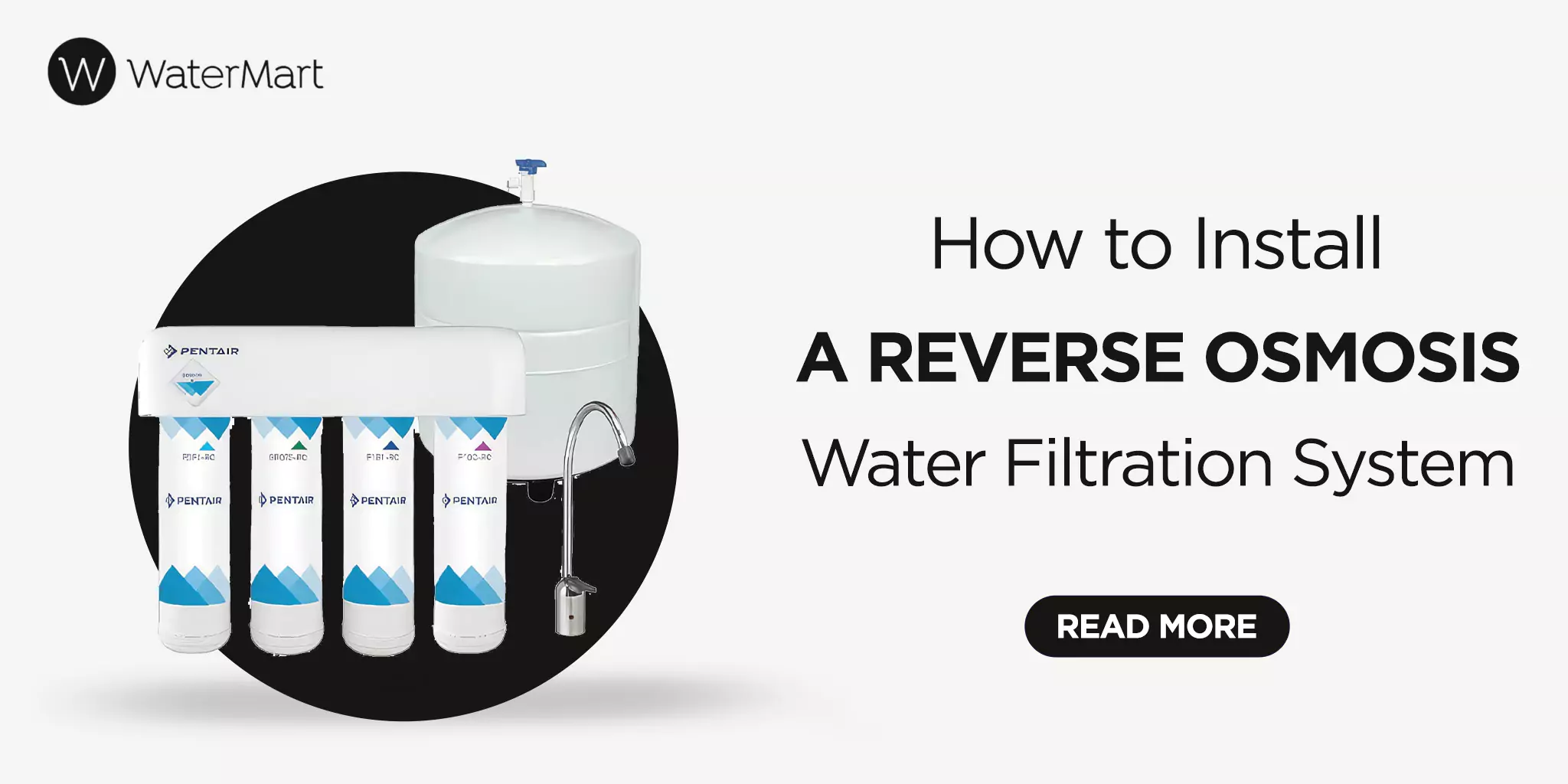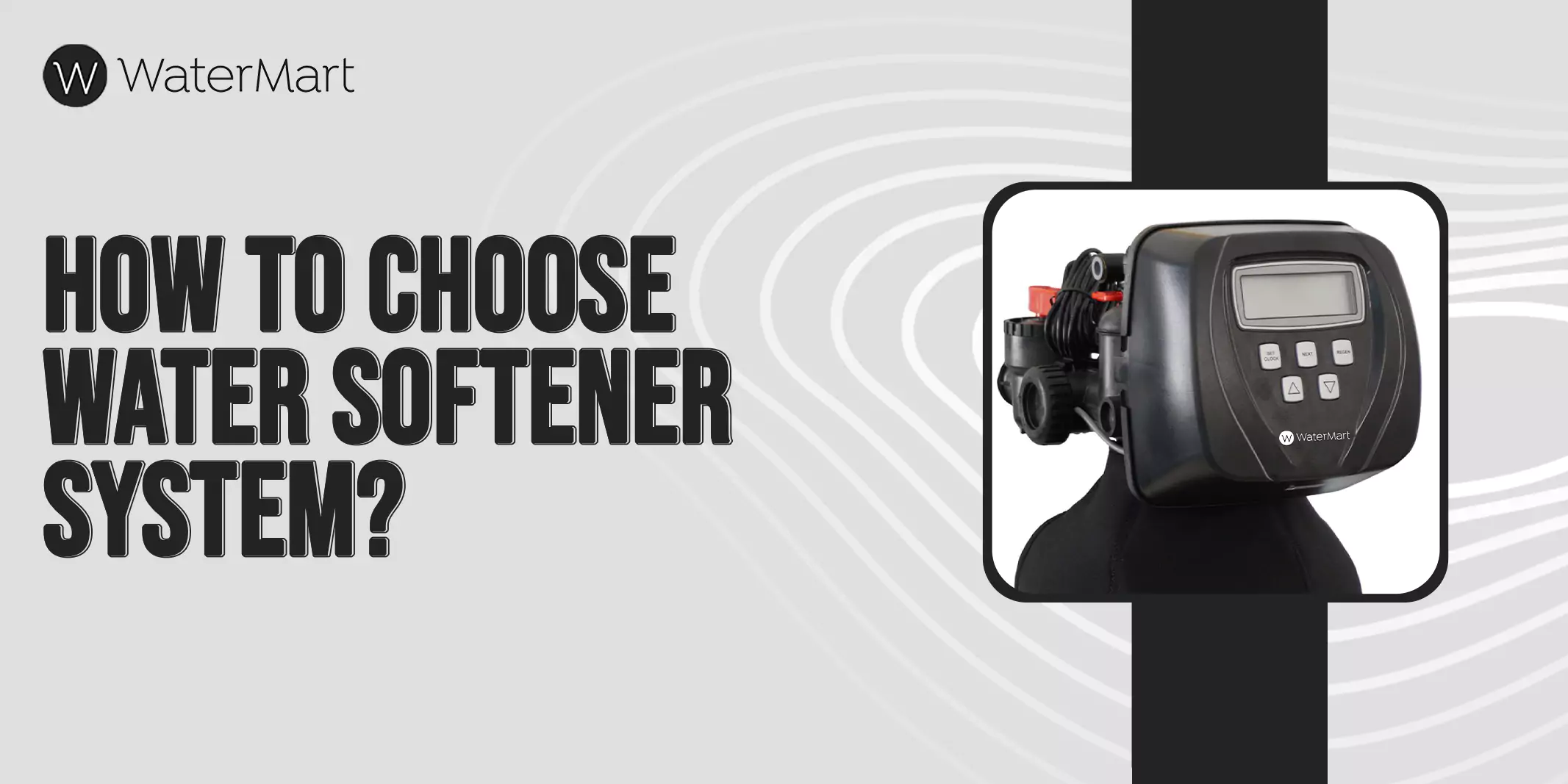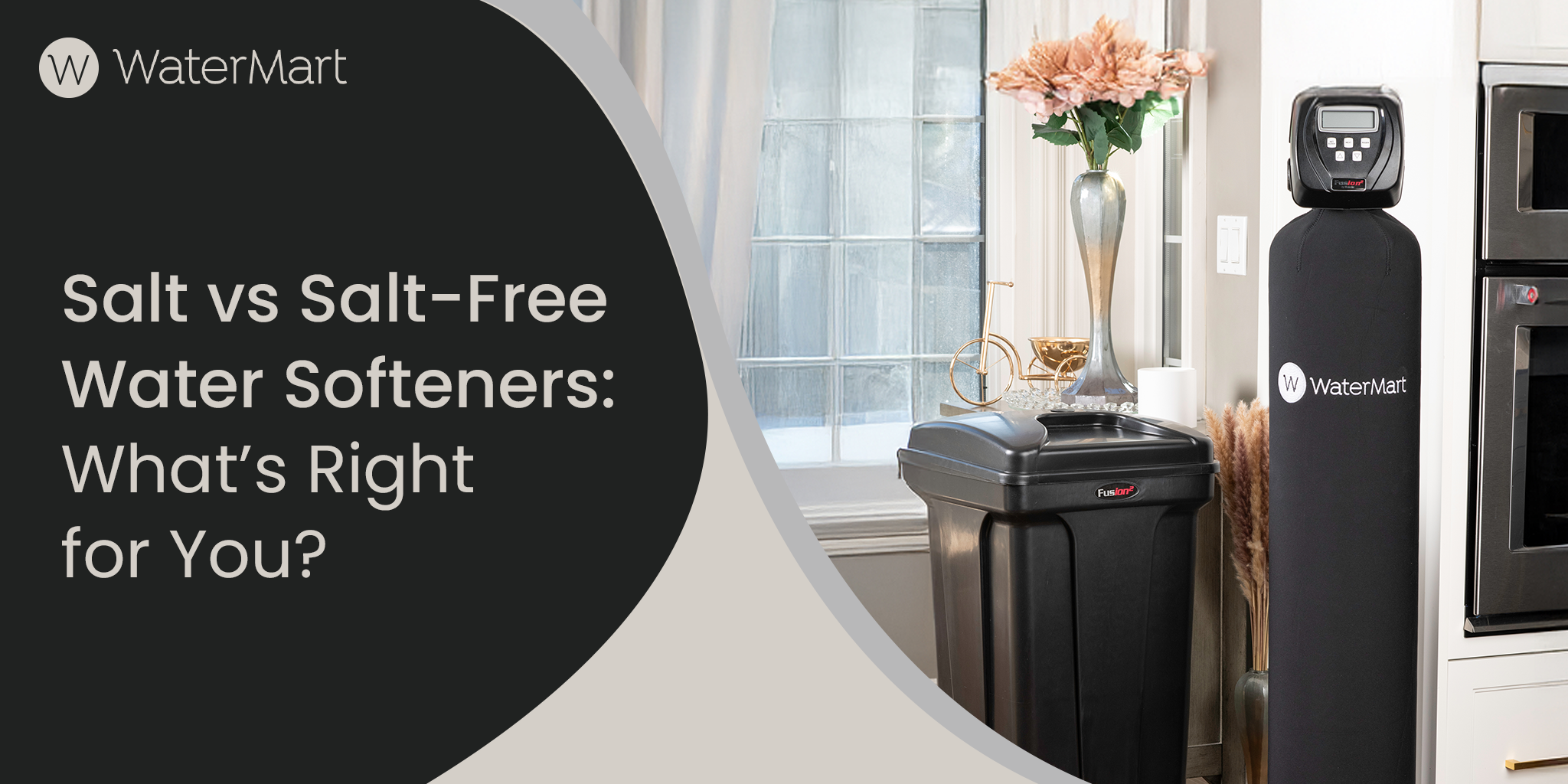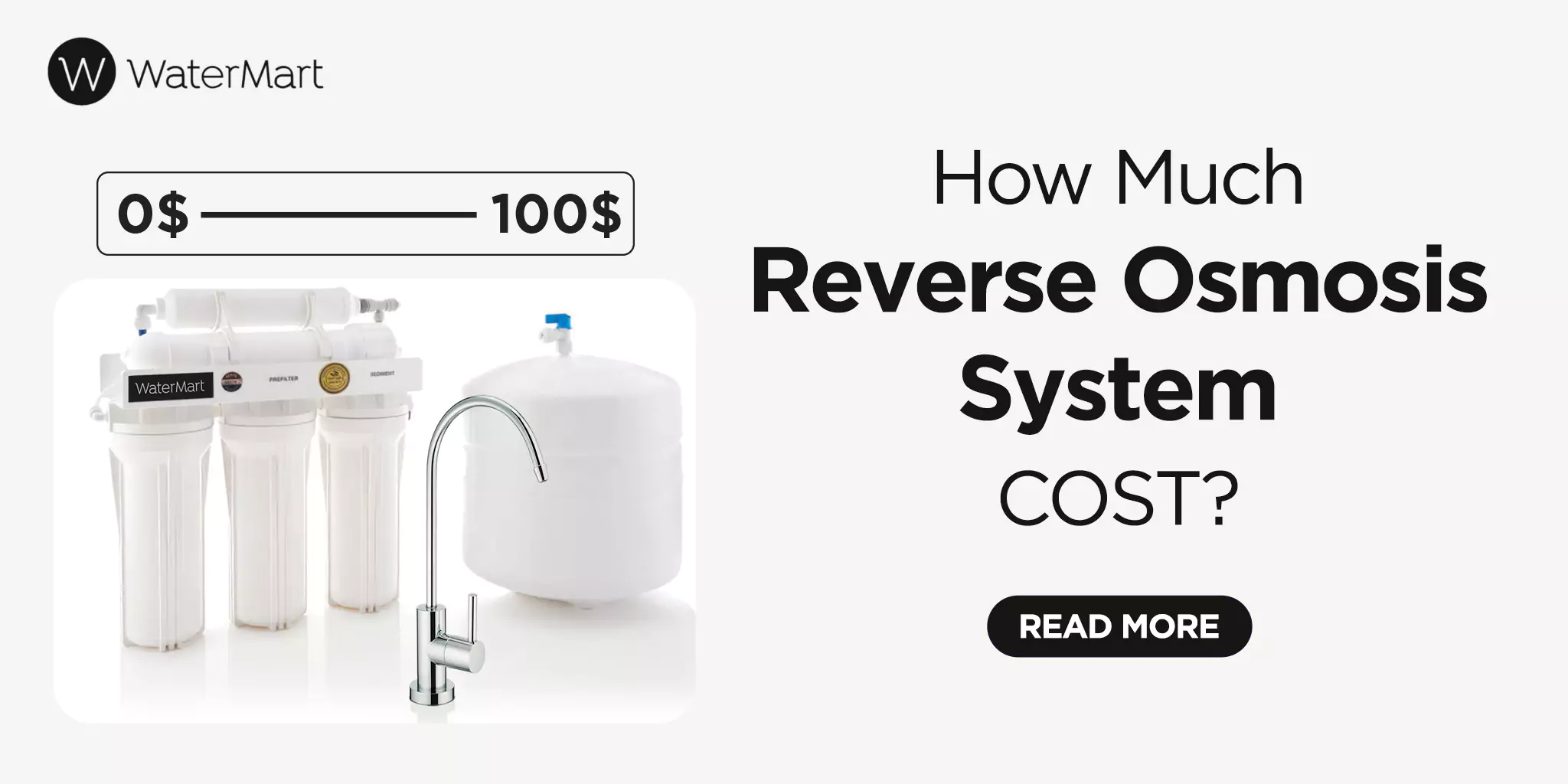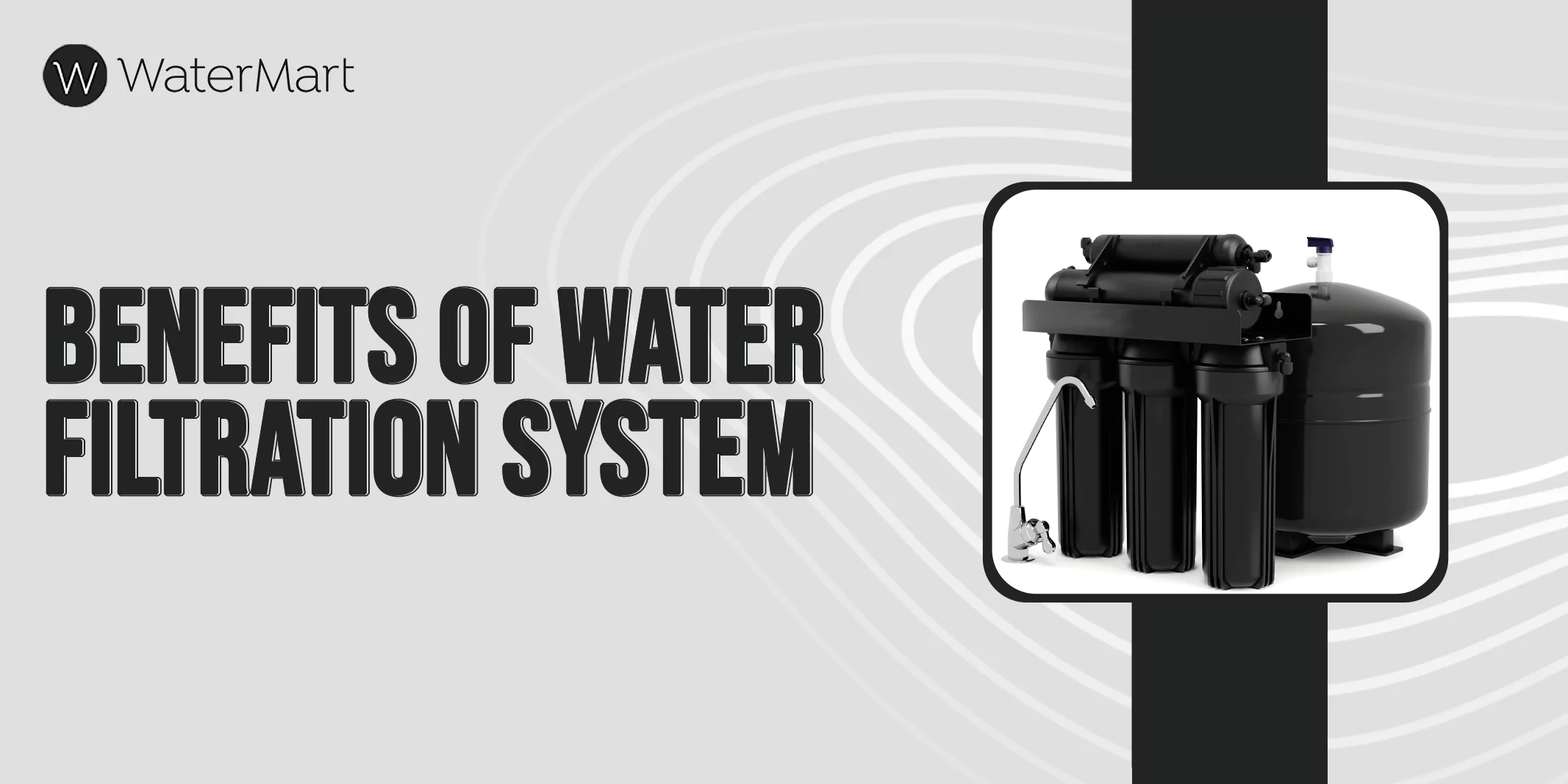Your cart is currently empty!
Water Softener Cleaning and Maintenance for Long-Lasting Performance
Water softeners do all the hard work, turning your hard water into soft. They remove minerals, such as calcium and magnesium, from your tap water. However, unlike water heaters, water softeners don’t run all the time in order to do their job. An effective water softener should only run every two or three days. Therefore, they require little maintenance.
But just like other appliances, regular and timely water softener maintenance is crucial to keep them running for long and working effectively.
This article will discuss everything you should know about water softener maintenance to keep your system working effectively.
Read on!
How Often Should You Add Salt to a Water Softener?
Water softeners need salt to fuel the ion exchange process, turning your hard water soft. A water softener tank has resin beads that attract calcium and magnesium ions. In return, the hard minerals from your tap water stick to the resin beads, leaving behind soft water.
Now, over time, these resin beads get saturated with calcium and magnesium ions. This is where the water softener regeneration happens with the salt.
During the regeneration process, salt is added to a separate brine tank where it washes over the resin beads, pushing all the hardness minerals off and flushing them out of the softener.
If you don’t add salt to your water softener, the regeneration process will not do its magic and you will be back to your serious, hard water issues.
The answer to, “How often should you add salt to a water softener” depends on three major factors:
- Water Consumption: If you have a big household, you’ll end up using more water. Hard water and high water consumption mean more frequent refills.
- System Age: If you have an old water softening system, it requires more refills. Modern models are salt-efficient and only regenerate when needed.
- Size of Brine Tank: If you have a small brine tank, you’ll need more refills. A larger tank holds more salt, extending refill intervals.
Here are a few tips to avoid regeneration issues in your water softener:
- Keep the salt level 3 to 4 inches above water or keep it half-full.
- Refill your tank with the recommended salt type. Each softener uses a different salt type, including pellet, solar, evaporated, or rock salt.
Signs Water Softener System Needs Maintenance?
You spent so much money to make your life easier with a water softener, but suddenly, your softening system is creating issues. The soap has stopped making lather, and you wake up to scum buildup every day! These are some of the telltale signs your water softening is failing.
Hard Water Spots
When the pesky stubborn white stains on your faucets and showerheads make a comeback, it’s high time you consider maintaining your water softener.
Soap Lather Issues
If your soap is struggling to lather luxuriously, that’s because your water is not soft anymore! Also, a sign for you to check your water softener for maintenance because, in the long run, it will affect your cleaning process.
Scale Buildup
The annoying limescale buildup in your kettle and on your pipes has started to show up again. That’s because your water softener is not functioning the way it should.
Reduced Water Pressure
When minerals accumulate in your shower, it results in low water flow. In such cases, your water softener has stopped working and scheduling a call for water softener experts may solve your problem of low water pressure.
Salty Taste in Water
Soft water suddenly started to taste salty? Check with your brine tank to detect issues.
Or best, contact a qualified technician to get your water softener checked for a healthy, clean, and safe water supply.
How To Clean A Water Softener System?
Highly efficient water softening systems demand to be cleaned every five to 10 years, based on your water consumption and water hardness levels. Usually, the older models of water softeners need more frequent cleaning for a smooth process.
Here’s how to clean a water softening system.
Cleaning Water Softener Brine Tank
The brine tank gets dirty over time with accumulated brine solution. However, cleaning the tank is a simple process.
First of all, before trying out anything, consult your user manual for cleaning instructions.
- Using a siphon, pump out the brine solution from your tank and dispose of it.
- Remove the brine grid and break up the salt bridges.
- Wash the tank with warm water and a few drops of dish soap.
- Scrub the tank thoroughly with a brush.
- (OPTIONAL) If the tank is too dirty, disinfect it with a diluted bleach solution and rinse thoroughly with lukewarm water.
- Reinstall the brine grid along with other components.
- Fill your brine tank with clean water and reconnect the hoses or lines to the water softener.
- Run the water through a regeneration cycle and check for potential leaks.
Cleaning Water Softener Resin Tank
Minerals, such as Iron can accumulate into the water softener resin tanks. They reduce the efficiency of your water softener, affecting the soft water supply.
Here’s how to clean it:
- Use a resin cleaner, compatible with your water softener model and follow the instructions on the package.
- Start a regeneration cycle to flush the cleaning solution through the system.
- Ensure all the solution is thoroughly flushed out by running clean, fresh, and soft water for at least 10 minutes.
Note: You can also clean your resin tank by initiating several regeneration cycles.
Removing Salt Bridges
Sometimes, adding too much in your softener ends up creating salt bridges, to remove this:
- Break the bridges with any long handled tool gently.
- If the salt bridge is too hard, pour over hot water to break it into smaller pieces.
- Scoop out the salt in an empty container.
Cleaning Outside Surface
Water Softener Cleaning isn’t just about the inside; the exterior needs attention, too. Cleaning the exterior of your water softener is as easy as cleaning your dispenser or refrigerator. Thus, you need a few household items and a few minutes to get your softener squeaky clean:
- Wipe down the outside of your softener with a damp cloth. (You can use a mild soap solution too)
- Rinse the cloth with clean water and wipe down the surface again.
- Use a dry cloth to thoroughly dry the outside surface of the water softener.
Benefits of Maintaining a Water Softener System
No limescale buildup, richer lather, and excellent water flow are some of the basic benefits of a properly working water softener system.
Here are some long-term benefits:
Improved Appliance Longevity
Hard water minerals leave minerals inside your appliances, including dishwater, washing machine, and water heater. This buildup reduces the efficiency of your appliances and also the lifespan.
Regular water softener maintenance prevents limescale buildup and allows your appliances to run smoothly and effectively.
Reduced Scale Buildup
Hard water minerals, such as calcium and magnesium leave scale and stains on your appliances, faucets, and showers. As a result, they may get clogged and require replacement. The clogged water softener can lead to a big loss.
To prevent this, it is important to maintain your water softener to ensure the effective removal of these minerals so your plumbing system functions seamlessly.
Lower Energy Bills
Hard water minerals accumulate in your water heater and prevent water from heating properly. It allows your water heater to keep on operating and potentially increases your energy bills.
Regular water softener maintenance prevents this buildup and ultimately reduces energy bills.
Softer Skin And Hair
All the hard minerals can mess up your hair and skin, making it dry, itchy, and dull. Soft water allows soap, shampoo, and body wash to lather richly, leaving your skin softer, cleaner, and healthier.
Less Pipe Clogging
Scale buildup in pipes due to hard water may collapse or clog them. This may cause blocked drains that may require professional assistance.
Regular maintenance of your water softener prevents scale buildup that ensures a smooth water flow, leading to clear, unclogged pipes.
Better Soap And Detergent Efficiency
When hard minerals, such as calcium and magnesium, react with soap and cleaning products, they reduce their cleaning properties.
Regular water maintenance prevents your detergents and cleaning agents from reacting with hard water minerals, resulting in a smooth, rich lather to function and clean properly.
It also results in less usage of detergents and cleaning products, saving you more money.
How Much Does It Cost to Replace a Water Softener?
Have you tried everything in your capacity to maintain your water softener, but to no avail? It’s time to replace it!
The cost of replacement for the water softener depends on many factors. However, in Canada, it can range anywhere from $1000 to $6000, including the unit and installation.
Some factors that influence the water softener cost of replacement are:
- Home’s size and water usage: If you have a small household with little water consumption, you need a little, affordable unit. However, for larger units and homes, the cost would increase accordingly.
- Features of a water softener: The more features your water softener has, the costlier! Many basic models with little functionality are affordable. However, those with smart controls and demand regeneration cost more.
- Water softener type: If your water softener is salt-based, it’s more likely to be affordable than salt-free options. It depends on you what type of water softener you are choosing.
Whatever the conditions, WaterMart offers highly efficient water softeners that meet your needs and budget. We not only provide the appliances but also ensure our expert technicians and installation professionals perform an outstanding job,
catering to your needs.
Budget issues? No worries!
At WaterMart Toronto, you can rent or purchase our water softener for your home to effectively remove minerals that cause water hardness.
Contact us and get a free quote on your water softener replacement!
Conclusion of Water Softener Cleaning & Maintenance
Do you want to extend the lifespan of your water softener to get soft and clean water throughout your home?
Regular maintenance and upkeep are the key!
Your water softener works tirelessly behind the scenes, banishing hard water woes and leaving you with luxuriously soft suds. However, the most important component of a water softener is the brine tank.
Refilling the tank with a recommended amount of salt and salt type is crucial for an effective regeneration process that ensures the proper working of your softener system.
Regular water softener maintenance also lowers your energy bills, ensuring softer skin, and shiny, and healthy hair. Above all, it translates to fewer plumbing problems and appliance meltdowns.
If your previously reliable water softener is no longer functioning as it should, it may be necessary to replace it. The cost of replacement depends on many factors, but on average, the replacement cost is $1000 to $6000, depending on the size, features, and type of your water softener.
To get a highly efficient water softener replacement, contact WaterMart and schedule a FREE consultation.
Get Your Water Tested Free At WaterMart
Detecting hard water can be a daunting task, especially if you want to invest in water treatment solutions.Since water softeners are ideal for hard water issues, it’s best to test your water before making a final decision.
At WaterMart, we offer Free water testing services to detect hard water and also provide viable solutions.
Get your water tested for FREE at WaterMart today.
FAQs about Maintenance of Water Softeners
How Often Should Water Softeners Regenerate?
A standard-size water softener that is fully functioning and well-maintained should regenerate every four to seven days.
Does a Water Softener Need Maintenance?
Like any other appliance, your water softeners need maintenance and regular upkeep to keep working effectively.
Clean your water softeners once a week and refill the brine tank with the recommended salt type and amount to keep your softener working for a long period of time.
How Often does a Water Softener Need to be Cleaned?
It depends on the make and model of your water softener. Most water softener systems need to be cleaned every five to ten years. However, modern softeners are self-cleaning systems for hassle-free maintenance and guaranteed peace of mind.
What Happens if You don’t Maintain Your Water Softener?
One of the first signs of a failing water softening system is the return of hard water with excess minerals.
Other signs include:
- White calcium spots on utensils
- Low water pressure
- Dry, itchy, and dull skin
- Frizzy, brittle hair
- Metallic water taste
How often should a water softener recharge?
A water softener typically recharges every 3 to 7 days, depending on household size, water hardness (measured in grains per gallon) & daily water use.
How to disinfect a water softener?
Disinfecting a water softener usually involves adding unscented household bleach directly into the brine well or brine tank, then running a manual regeneration cycle. This process sanitizes the resin beads, control valve & internal plumbing without harming the system when done in recommended amounts.
How do you clean a water softener?
Cleaning a water softener means removing salt bridges, flushing out sludge from the brine tank & using a resin bed cleaner to dissolve iron, sediment, and mineral buildup. Regular cleaning keeps the ion exchange process efficient and prevents premature resin damage.
How to clean a water softener tank?
To clean the tank, turn the system off, scoop out remaining salt, and rinse the tank with warm water. A mild bleach solution can be used to sanitize the interior before refilling with clean water and salt. This removes bacteria, salt mush, and debris that can interfere with proper regeneration.
Does a water softener brine tank need to be cleaned?
Yes, the brine tank should be cleaned every 12 to 18 months. Over time, salt residue, dirt & bacterial growth can accumulate, leading to salt bridges and inefficient regeneration. Routine cleaning helps maintain consistent brine production.
How often to clean a water softener resin tank?
The resin tank itself does not require physical cleaning, but the resin bed should be chemically cleaned once or twice a year using a water softener resin cleaner—especially in homes with high iron or manganese levels. This preserves resin capacity and extends system lifespan.
How do you service a water softener?
Water softener servicing includes checking salt levels, inspecting the brine line, cleaning the injector and venturi valve, testing hardness reduction & running a full regeneration cycle. Professional servicing may also involve resin testing and valve recalibration to ensure optimal performance.
